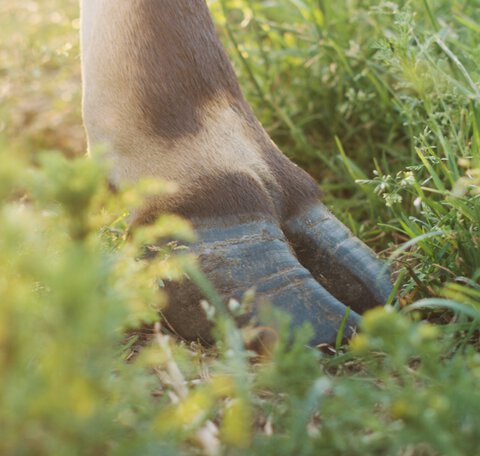If your goal is to have healthy, high-producing and low-maintenance cows in the herd for several years, hoof health is an important issue you can’t ignore.
There are many factors that have an impact on hoof health and the prevention of hoof disorders. Hoof trimming is a common management practice among dairy farmers for curing and preventing hoof diseases.
The environment also has a major influence on hoof health. Of course, management practices such as nutrition and feed, along with various preventive measures (e.g. foot baths, calcium hydroxide) also have a major impact on hoof quality.
However, genetics also play a key role in dealing with hoof disorders.
Breed for better hoof health and stay profitable
To ensure the profitability of your dairy farm, the prevention of hoof disorders is the best approach. Choosing the right bull has a significant impact.
Between the introduction of the Hoof Health Index in 2011 and until 2021, the Nordic countries have improved the genetic level of hoof health for the three dairy breeds:
- +6 index units for VikingHolstein bulls
- +11 index units for VikingRed bulls
- +2 index units for VikingJersey bulls
With consistent focus on breeding, you can achieve genetic progress for hoof health and improve your bottom line.
The Hoof Health Index includes 10 hoof disorders grouped into seven sub-traits.
EBV 110 and EBV 120 mean less hoof disorders.


